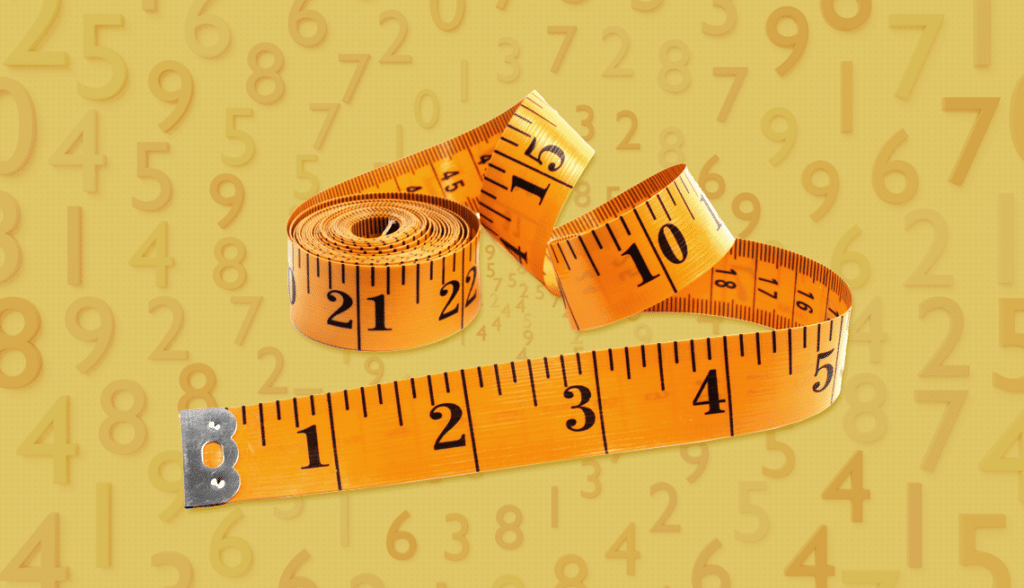
In today’s fast-paced world, keeping track of your health can sometimes feel overwhelming.
But experts say knowing and understanding a few key numbers is the first step in taking control of your health.
Metrics such as blood pressure and bone density provide an unbiased look at your health risks, arming you with crucial information that can empower you to take action and make healthier choices.
Many health problems are preventable with early intervention and lifestyle changes, says cardiologist Roger Blumenthal, director of the Johns Hopkins Ciccarone Center for the Prevention of Cardiovascular Disease.
“If you’re going to be an educated consumer and take charge of your lifestyle, you need to know your numbers,” he says. “Most of us want to see our children and grandchildren grow up.… As doctors we have seen so many people not pay attention to their health and only present for medical attention after something major has happened, whether it’s a heart attack or a stroke or congestive heart failure. There is a lot we can do to prevent that from happening.”
Here are seven key numbers Blumenthal and other doctors say you need to know, along with smart strategies to boost each one.
1. Blood pressure
Why it’s important: High blood pressure is a major risk factor for heart attack, heart failure and stroke.
When your blood pressure is too high, it damages the walls of your blood vessels over time and causes plaque to build up inside your arteries, making them narrower.
Research shows that lowering the top number in your blood pressure reading to below 130 mm Hg reduces your risk of heart attack, heart failure and stroke by 30 to 40 percent.
Goal: 120/80 (optimal)
How to test it: Your health care provider should measure your blood pressure at your annual physical and at other appointments. If you already have high blood pressure, the American Heart Association recommends home monitoring with an automatic, cuff-style monitor.
Smart strategies: Though genetics plays a role, making lifestyle changes can dramatically slash your blood pressure, Blumenthal says. He suggests a diet rich in fruits, veggies and seafood while cutting back on fried foods, alcohol and sweets.
Sodium is also “a big risk factor,” Blumenthal says. Just cutting out one teaspoon of salt daily — about 2,300 milligrams of sodium — can lower your systolic blood pressure (the top number) by 6 points over the course of a week, according to research. That’s comparable to the effect of some blood pressure medications. (See: How to Lower Your Blood Pressure in Just One Week.)
Don’t forget to stay active. One study found that isometric exercises — and wall sits in particular — are especially beneficial.
2. LDL “bad” cholesterol
Why it’s important: Though looking at all of your cholesterol numbers is key to understanding your heart health, “the No. 1 number would be the LDL,” Blumenthal says. Too much LDL “bad” cholesterol can lead to plaque buildup inside your arteries, Blumenthal says. The plaque narrows your blood vessels and can block blood flow to your heart, brain and other organs, potentially leading to heart attacks and strokes.
Goal: Under 100 mg/dL. Also important: your total cholesterol score (under 150 mg/dL), your triglycerides (under 150 mg/dL) and your HDL “good” cholesterol (at least 40 mg/dL in men and 50 in women).
How to test it: Ask your doctor to run a full lipid profile test, which requires your blood to be drawn and sent to a lab for analysis. You might be asked to fast for eight to 12 hours before the test.
Smart strategies: Good news: The same lifestyle changes that can reduce your blood pressure will also lower your cholesterol.
Since a lot of the extra cholesterol circulating in your blood comes from food, tweaking your diet can make a big difference. Most importantly, ditch saturated fats and trans fats (often called partially hydrogenated oil in packaged foods). That means limiting your intake of red meat and whole milk dairy products.
Fried foods are another no-go; instead, opt for foods that are grilled, baked or steamed.
To see additional health metrics you should keep track of, from AARP, CLICK HERE.

